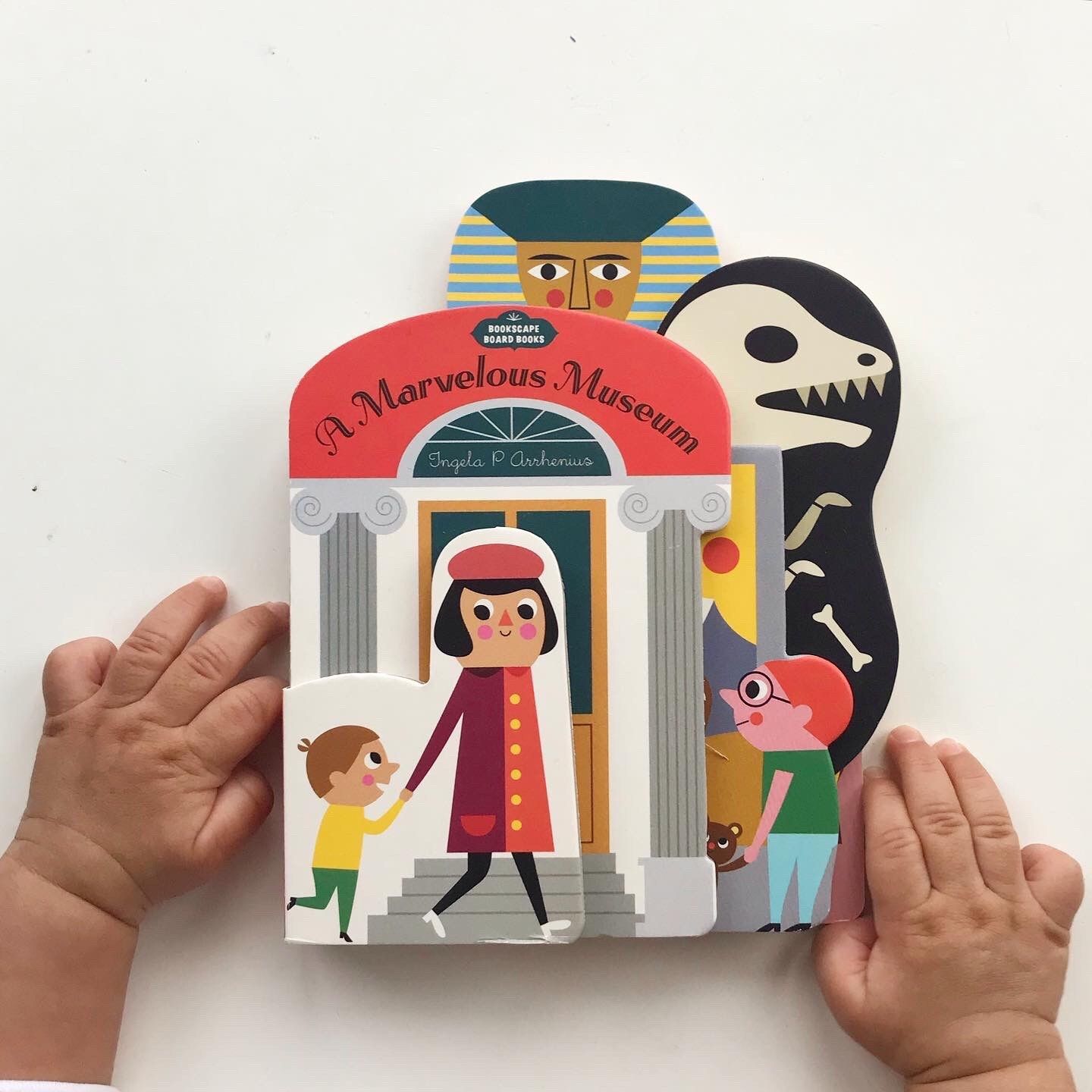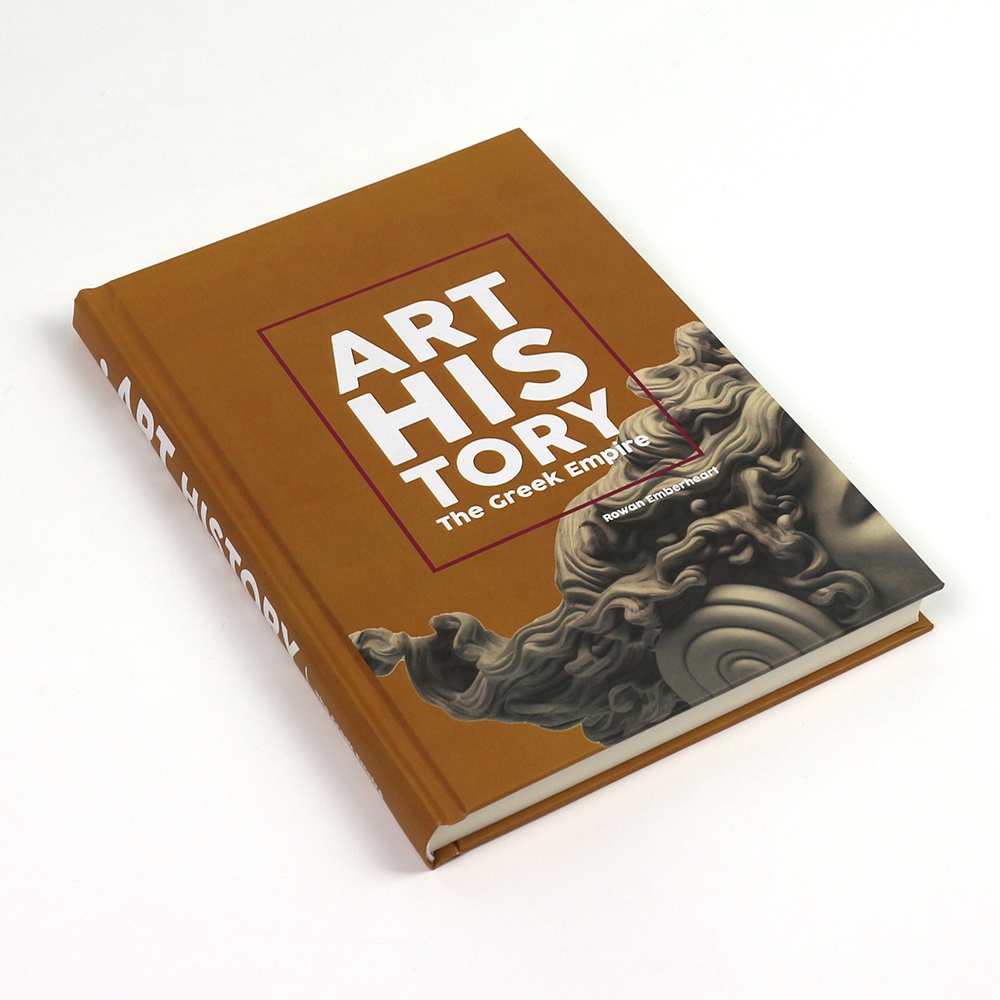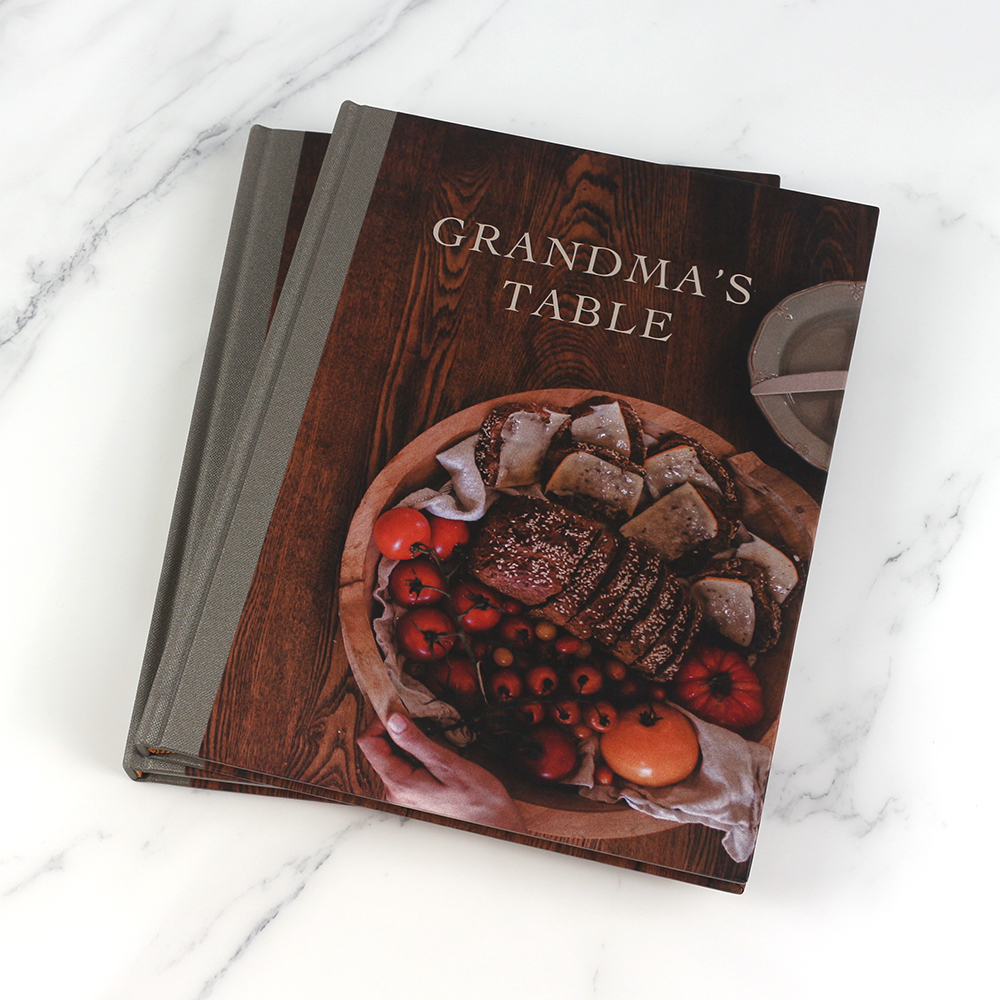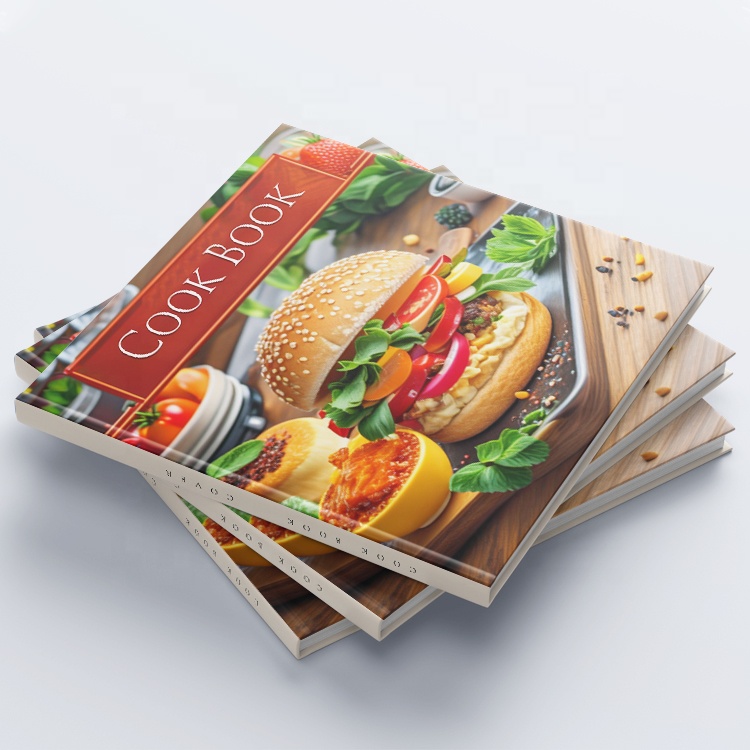Why is hardcover more expensive than board book?
When it comes to publishing literature for young readers, selecting the right printing format—whether a hardcover or a board book—plays a crucial role in meeting the specific needs of your audience. Each format has distinct advantages, but understanding the cost implications is essential for making an informed choice. In this article, we will delve into the differences between board books and hardcover books, focusing on why hardcovers generally come at a higher price point and helping you decide which option is best for your project.
Садржај
The Distinctions Between Board Books and Hardcovers
To fully grasp the differences between board books and hardcover books, it’s essential to explore their durability, structure, and intended audience. While both serve important roles in children’s literature, they cater to different age groups and functionalities.
What is a Board Book?
Board books are specially crafted for the youngest readers, making them a popular choice among parents, educators, and authors alike. Every page, including the cover, is produced from durable cardboard or paperboard, often with rounded corners to ensure safety. These compact and robust books can endure tearing, chewing, and spills, making them ideal for babies, toddlers, and preschool-aged children. Typically containing between 12 and 24 pages, board books are designed to be visually engaging, often featuring vibrant colors, textures, and interactive elements.
Advantages of Board Books
-
Safety: Designed with the youngest readers in mind, board books have rounded edges and sturdy pages, significantly reducing the risk of injury.
-
Engagement: The incorporation of interactive features such as flaps, textures, and bright illustrations captivates young readers and stimulates their senses.
-
Трајност: The thick cardboard pages resist tearing, making board books perfect for children who are still developing their fine motor skills.
What is a Hardcover Book?
Hardcover books, often referred to as hardbacks, feature a rigid exterior made of cardboard covered in cloth or durable paper, typically bound with sewn or glued pages. These books cater to a more mature audience, including older children, teenagers, and adults. Hardcovers are commonly used for various purposes, from novels to textbooks to collector’s items. Their premium appearance makes them a favorite among publishers and readers alike, though they do come with a higher production cost compared to other formats.
Advantages of Hardcover Books
-
Aesthetic Appeal: With their elegant look and feel, hardcover books are frequently chosen for special editions and high-quality publications.
-
Трајност: While they may not withstand rough handling like board books, hardcovers can last for decades with proper care.
-
Versatility: Hardcovers are suitable for a wide array of genres, ranging from children’s stories to complex academic texts.
Board Book vs. Hardcover: Key Considerations for Your Printing Project
Choosing between a board book and a hardcover book is a significant decision, as it impacts both usability and appeal. Here are several crucial factors to consider:
1. Cost Implications
Board books are generally less expensive to produce due to their simpler manufacturing process. The materials and labor required are minimal compared to hardcover books, which necessitate more intricate production methods and higher-quality materials.
-
Боард Боокс: The cost-effective nature of board books makes them accessible for families, educators, and libraries.
-
Hardcover Books: The production costs for hardcovers are higher, driven by the use of premium materials and complex binding techniques.
2. Target Audience
Understanding your audience is vital. Board books are tailored for infants and toddlers, providing a safe and durable reading experience. On the other hand, hardcover books are designed for older children and adults, offering more sophisticated narratives and themes.
Content Length and Complexity
The typical length and complexity of the content will influence your format choice.
-
Боард Боокс: These books generally contain fewer pages and focus on simple, engaging stories that young children can easily handle.
-
Hardcover Books: They can accommodate longer, more intricate narratives, making them suitable for a broader range of topics and themes.
Durability and Usage
Board books are engineered for the wear and tear of everyday use by young children, making them nearly indestructible in most situations. Conversely, while hardcover books are robust, they are better preserved in controlled conditions, as they are often cherished as part of a collection.
Shape and Design
Board books typically have rounded edges, which minimize the risk of injury during enthusiastic reading sessions. Hardcover books, with their defined edges, maintain a traditional aesthetic but require careful handling to avoid damage.
Visual Appeal and Functionality
Board books often utilize bold imagery and minimal text to engage very young readers. However, they may not hold the interest of older children, who seek more substantial content. Hardcover books, with their premium appearance, are versatile and suitable for various applications, including novels, academic texts, and high-end marketing materials.
By understanding these distinctions, you can better align your book’s format with your project goals and audience, enhancing the overall reading experience and maximizing the value of your publication.
ФАКс
1. Зашто су књиге у тврдом повезу генерално скупље од књига на табли?
Књиге са тврдим повезом обично захтевају скупље материјале, као што су тканина или кожа за корице, и сложенији процес повезивања. Сложеност производње и квалитетније компоненте доприносе повећању трошкова у поређењу са плочастим књигама, које имају једноставнији начин производње.
2. Да ли су табле погодне за све старосне групе?
Табеле су посебно дизајниране за веома малу децу, као што су бебе и мала деца. Оне пружају издржљиву и безбедну опцију за ову старосну групу, док књиге са тврдим повезом служе старијој деци и одраслима, нудећи сложеније наративе и теме.
3. Како да одредим који формат да одаберем за свој пројекат?
Да бисте одредили најбољи формат за своју књигу, узмите у обзир своју циљну публику, дужину садржаја и буџет. Ако је ваш пројекат намењен веома младим читаоцима, књиге на табли могу бити најбоља опција због своје издржљивости и занимљивог садржаја. За сложеније приче или едукативне материјале за старије читаоце прикладније би биле књиге са тврдим повезом. Процена ових фактора ће помоћи да се обезбеди успешан пројекат штампања.
У закључку, и табле и књиге са тврдим повезом имају важну улогу у књижевности за младе читаоце. Разумевање разлика између ова два формата може вам помоћи да донесете информисане одлуке које су у складу са циљевима вашег пројекта, обезбеђујући да ваша публикација одговара публици којој је намењен.
Боок Принтинг
Нови производи
Последњи блог
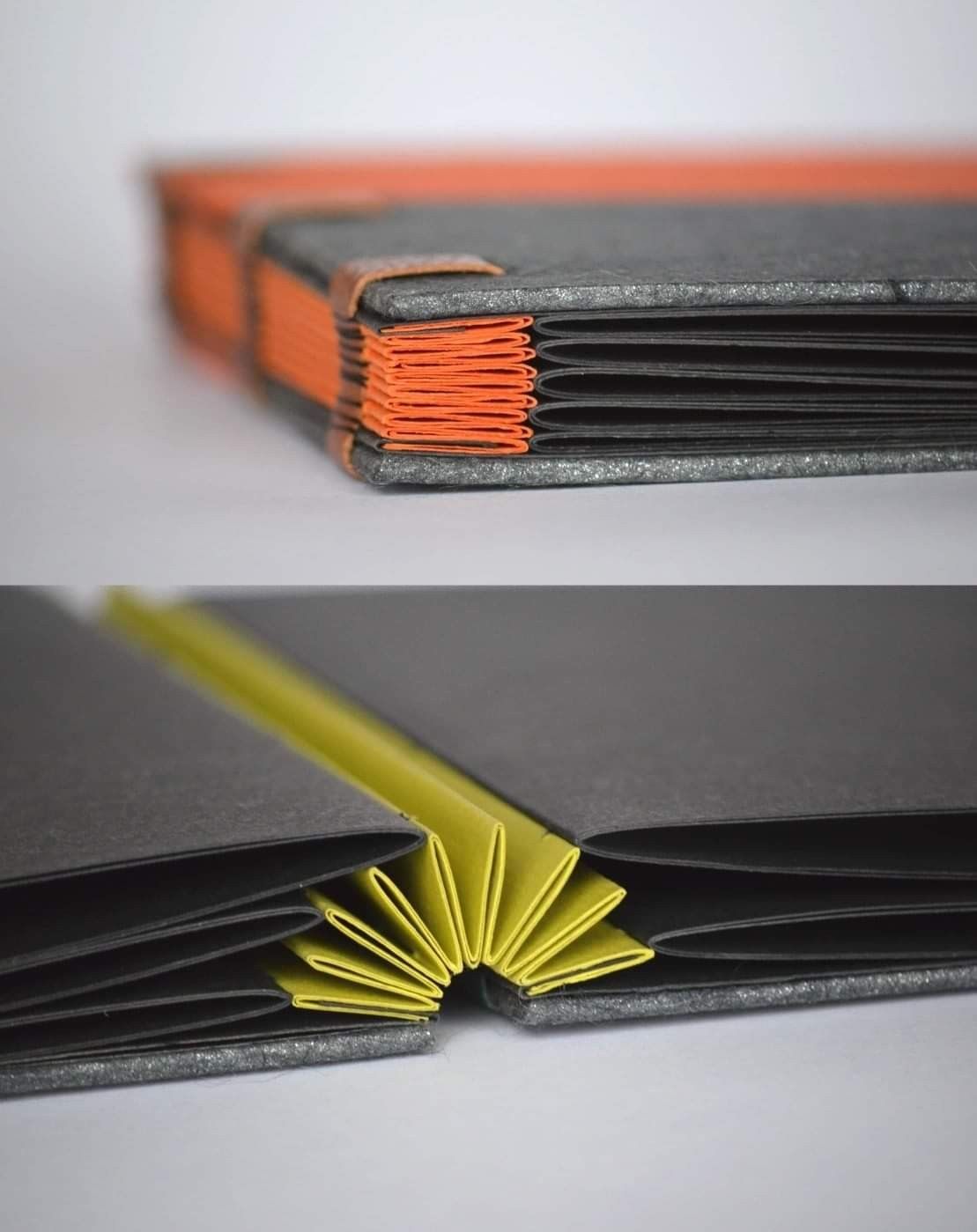
Зашто је савршени повез најбољи избор за штампање књига и часописа
Ако се бавите самоиздаваштвом, једна од ваших примарних брига биће проналажење економичних опција за штампање књига
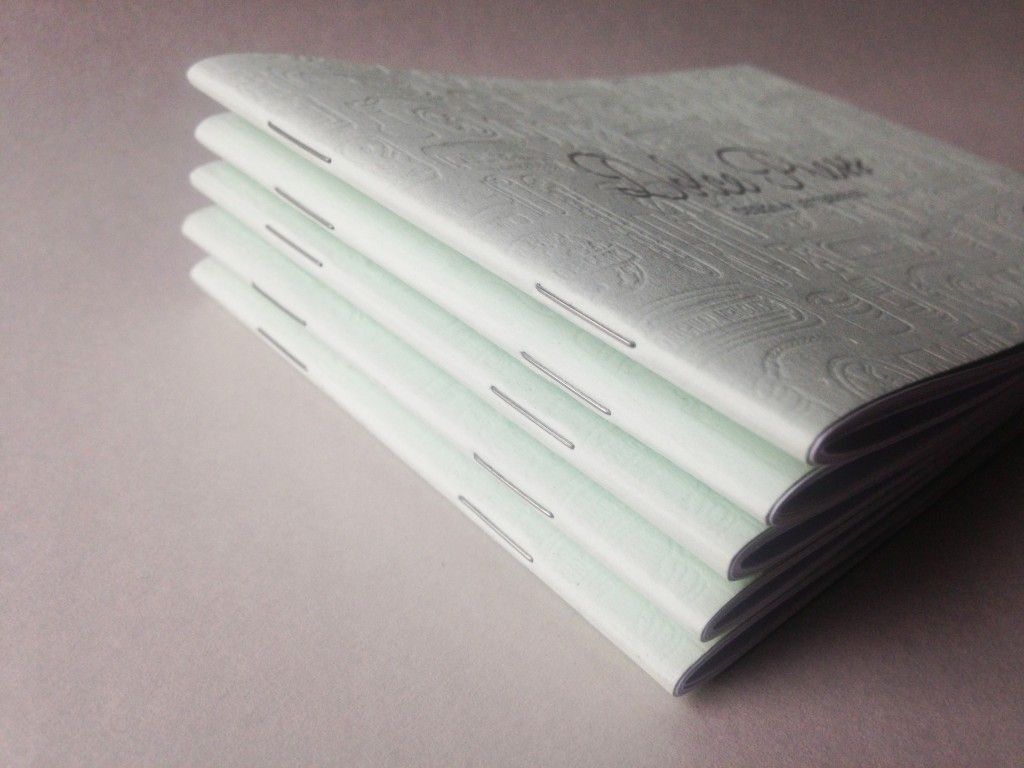
Шта је штампање брошура са шавовима
Штампање брошура убодом је веома ефикасан метод повезивања који се обично користи у производњи разних врста часописа, часописа и брошура.
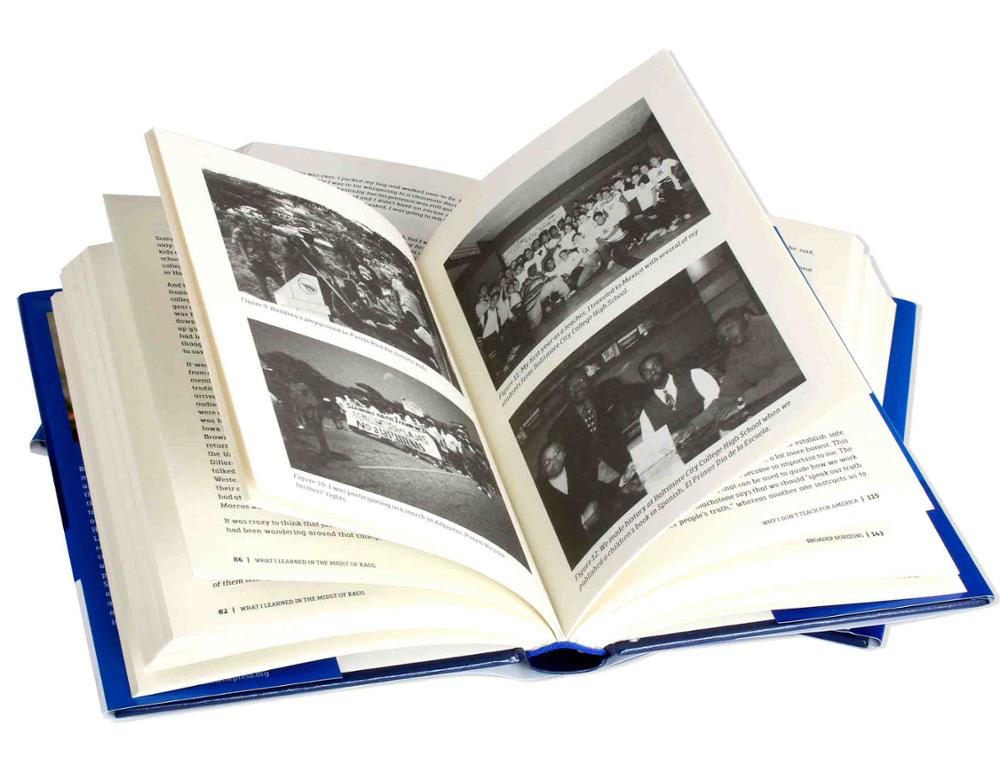
Које су добре ствари у вези са штампаним књигама?
Приликом креирања књиге за децу, сваки елемент је битан — посебно избор папира. Одабир праве врсте папира може побољшати изглед књиге,
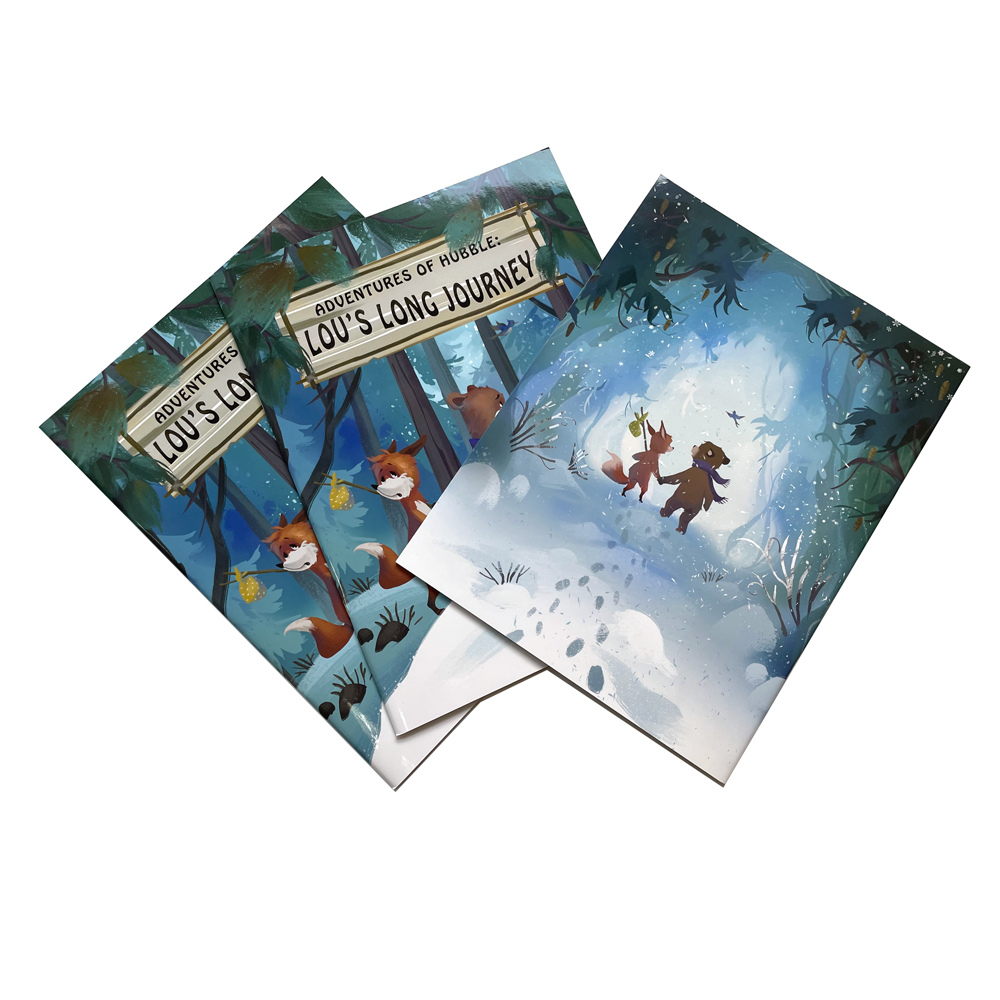
Зашто се већина књига штампа у Кини?
У данашњој глобализованој економији, штампање књига све више проналази исплативо и квалитетно решење у Кини.
Контактирајте нас
- +86 13946584521
- инфо@боокспринтинг.нет
- 8:00 - 22:00 (пон - нед)
Коментари
Повезани блог
Пронађите најновије трендове и опште знање у области штампања књига.
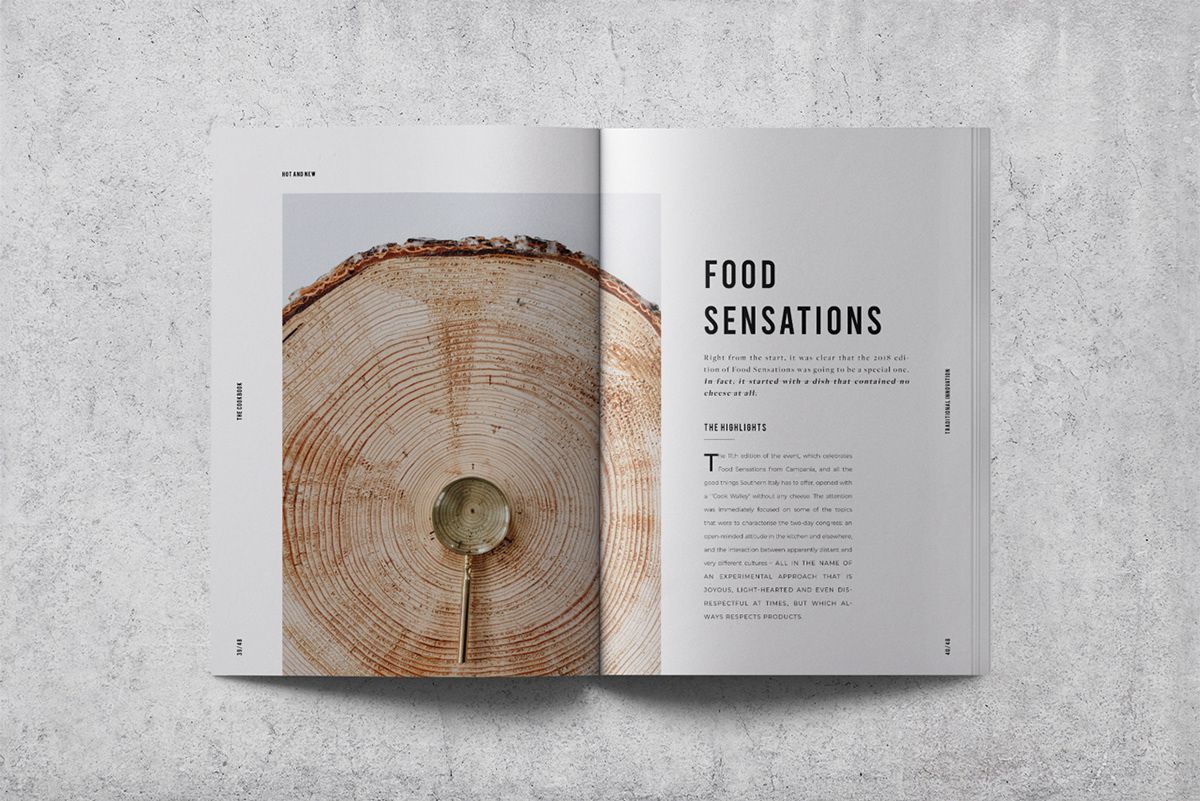
7 убедљивих предности коришћења професионалних услуга штампања књига
У свету књижевности квалитет израде књиге може значајно утицати на њен успех
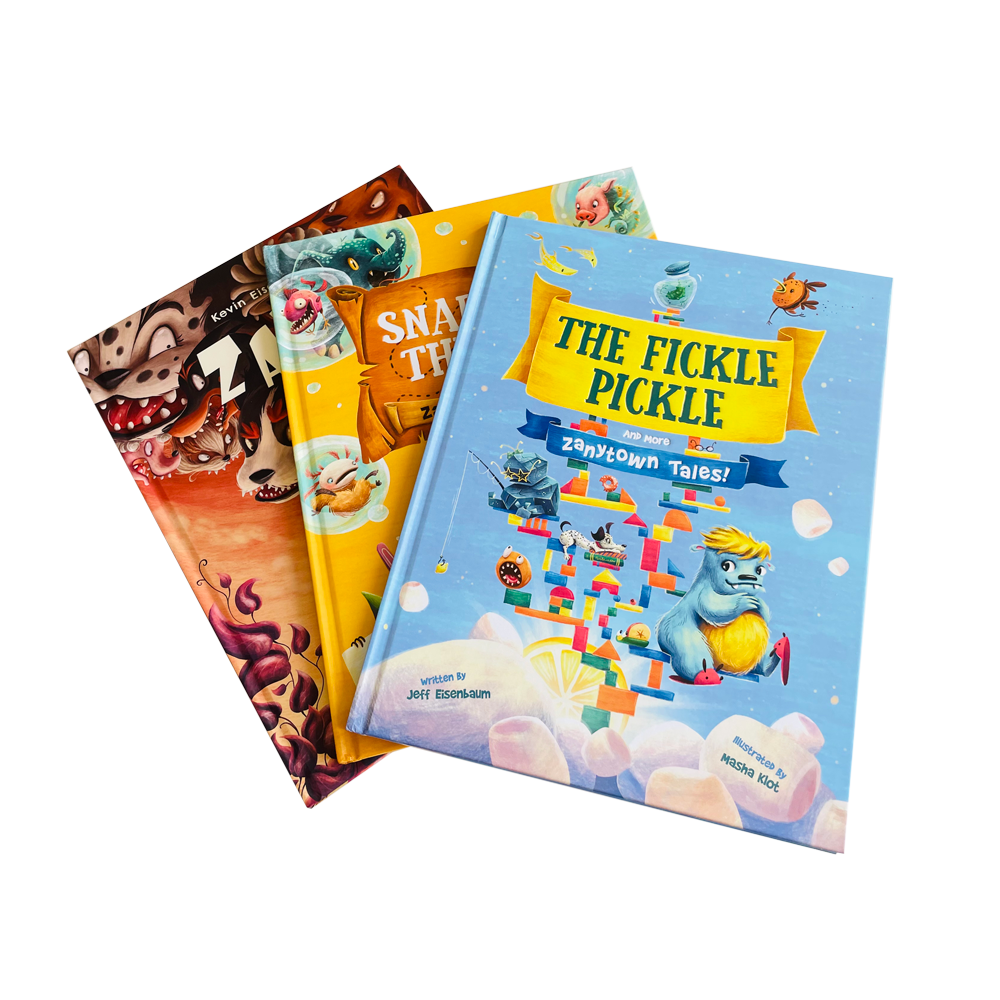
Зашто су штампане књиге биле популарне?
Приликом креирања књиге за децу, сваки елемент је битан — посебно избор папира. Одабир праве врсте папира може побољшати изглед књиге,
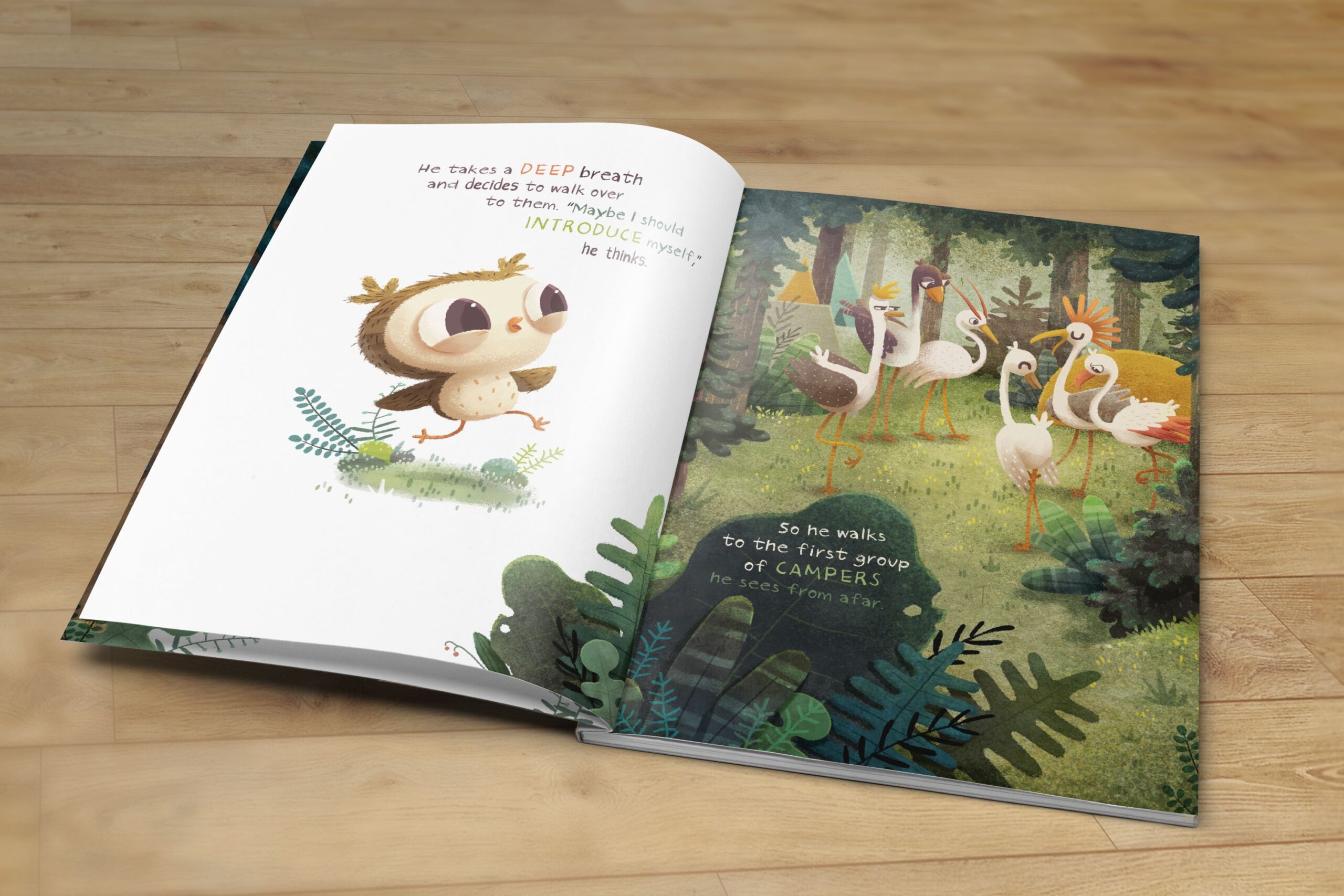
Који је најбољи папир за сликовнице?
Када је у питању штампање сликовница, квалитет папира игра кључну улогу у коначном резултату. Прави избор папира побољшава визуелну привлачност ваших илустрација,

Јефтини начини за штампање висококвалитетних књига у Кини
Ако се бавите самоиздаваштвом, једна од ваших примарних брига биће проналажење економичних опција за штампање књига

